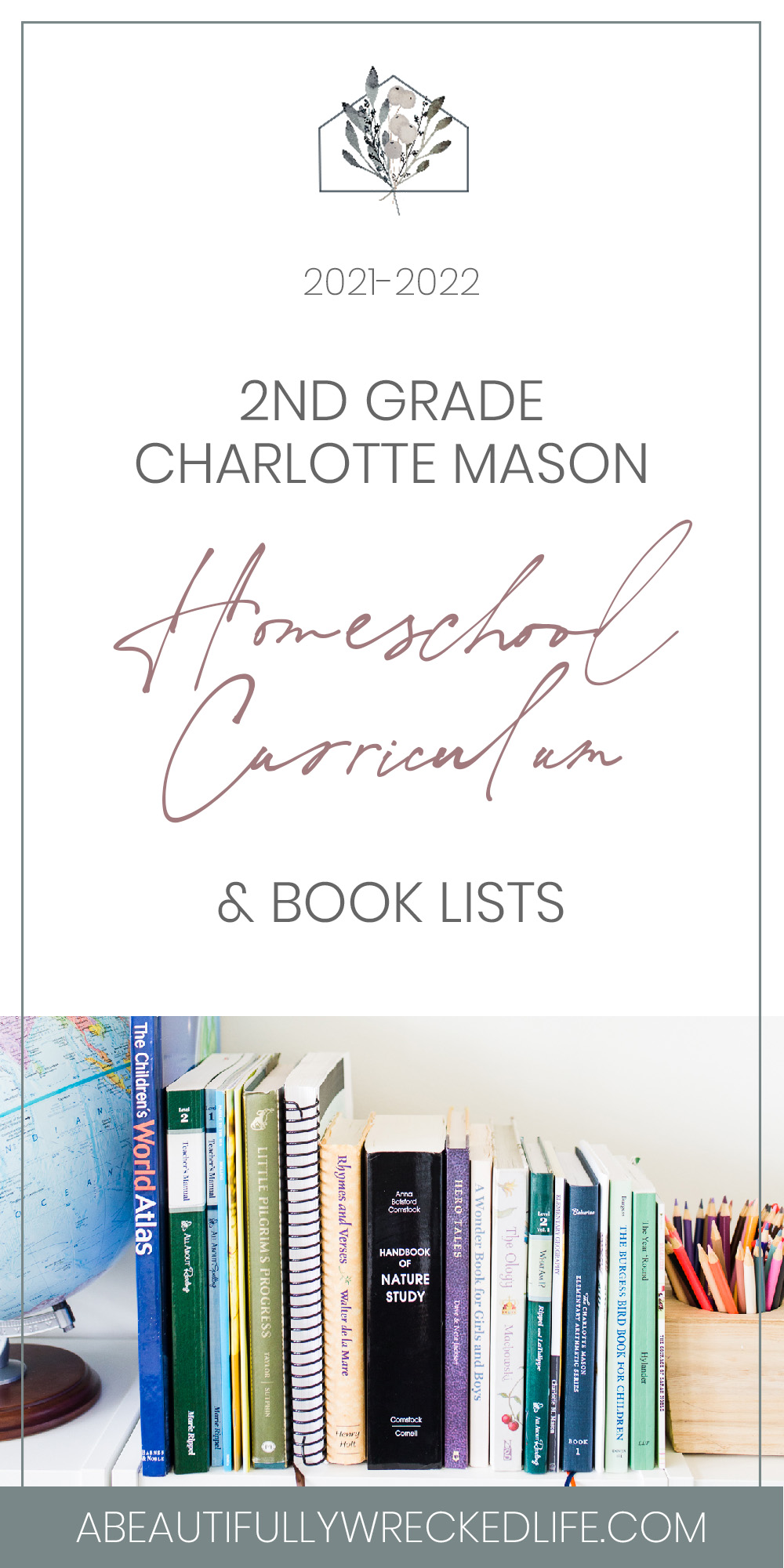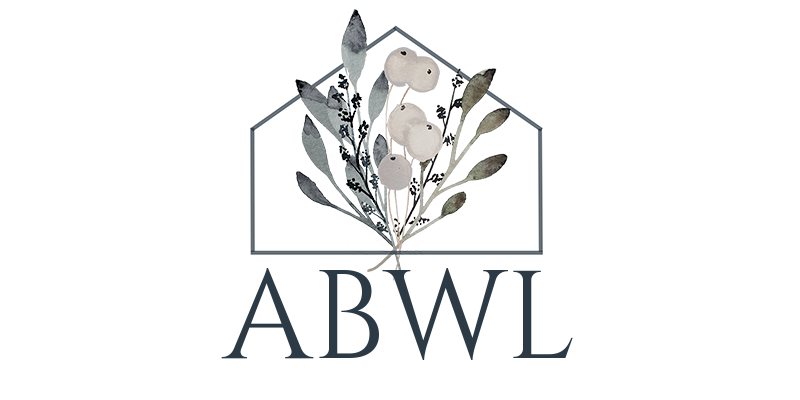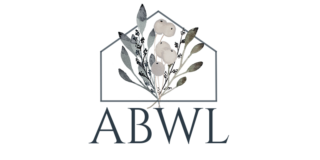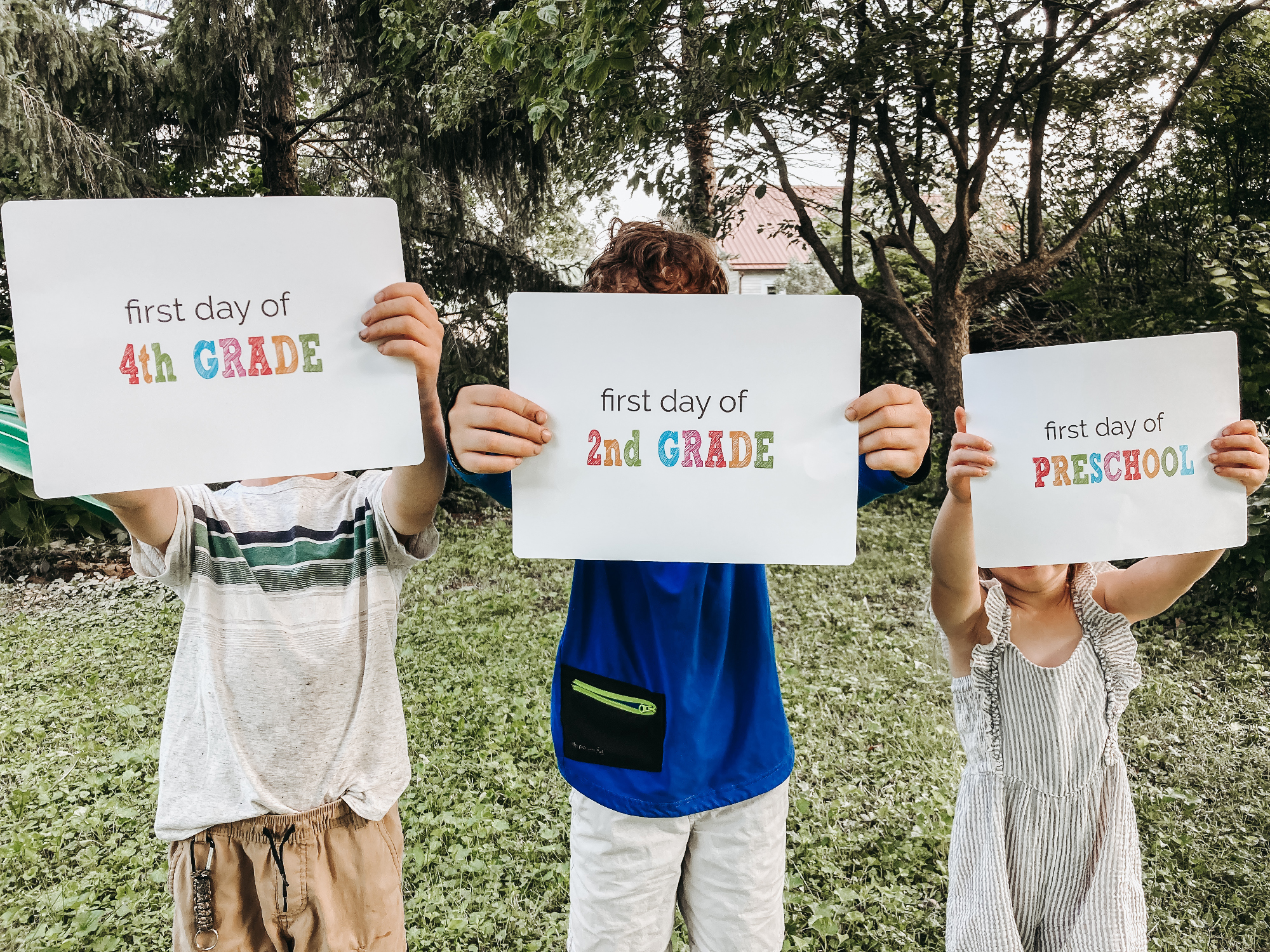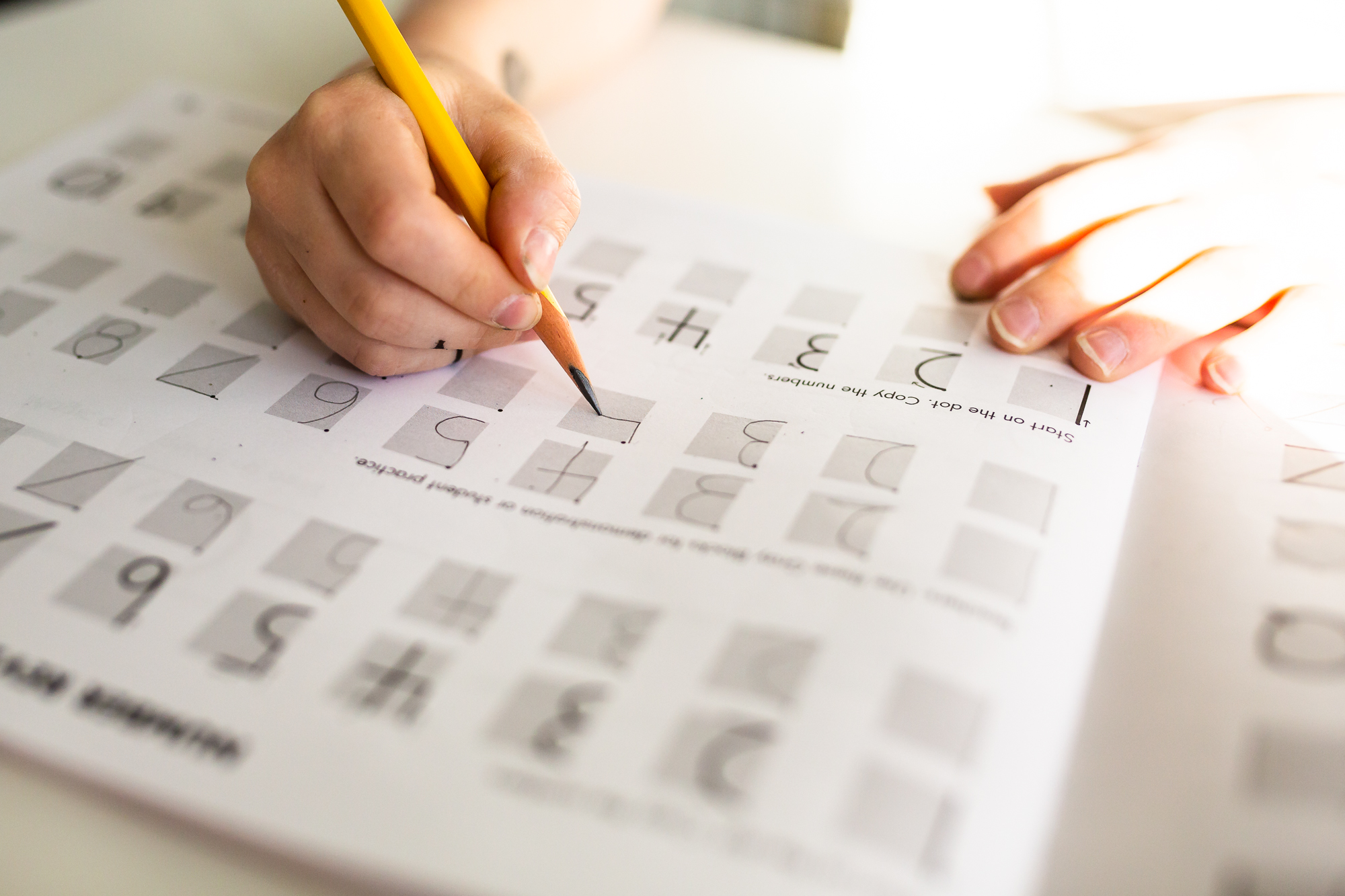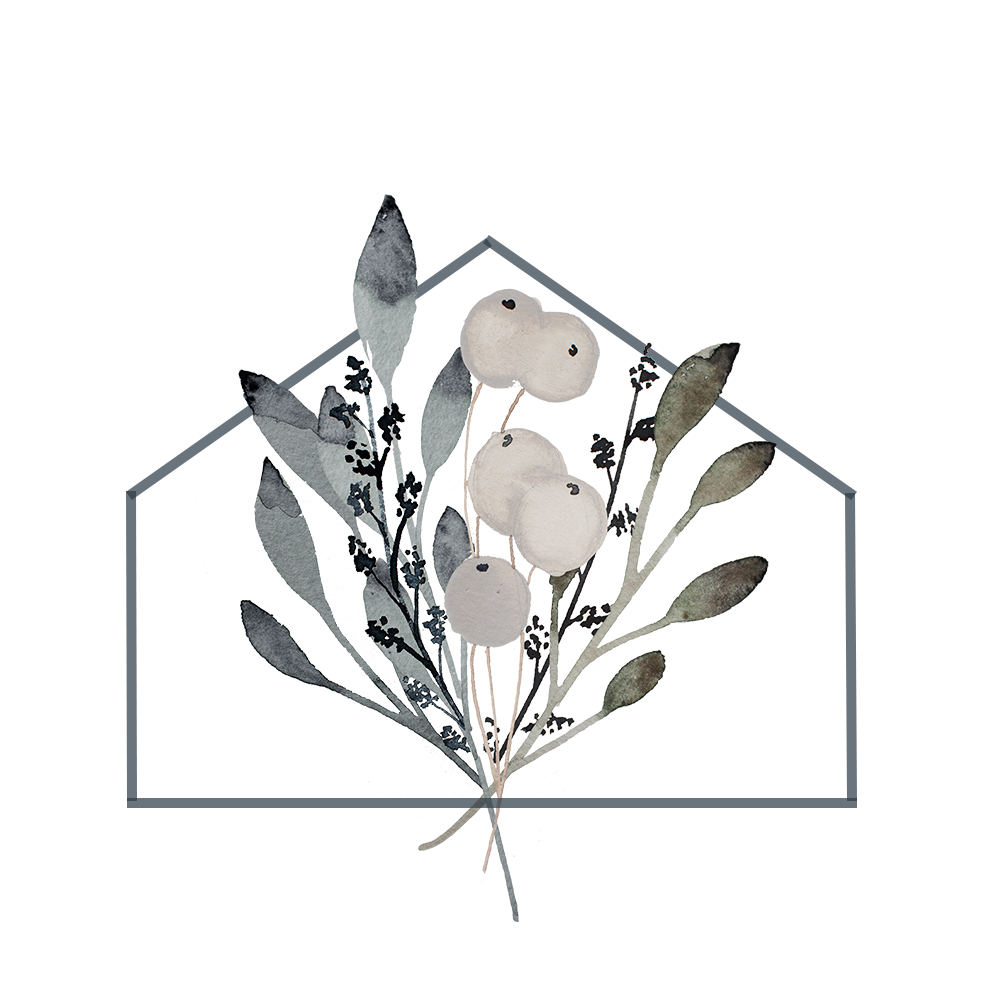let's be social!
I’m a couple of months late getting this post put together, thanks to a big move and starting a new business in 2021. But better late than never, right?? So today I’m sharing our second grade Charlotte Mason homeschool curriculum, complete with our book lists for the year.
Ever since going “whole hog” on the Charlotte Mason Method in 2020, choosing our curriculum has gotten so much easier! Now, the hardest part of each year is choosing the best living books to fit my young students. But even then, I can’t lose because we’re choosing from such rich selections.
So first, what subjects are included in our second grade Charlotte Mason homeschool?
THE SUBJECTS WE STUDY IN OUR 2ND GRADE CHARLOTTE MASON HOMESCHOOL
Okay, so first, here are all of the subjects we study each week:
- Bible*
- Theology & Church History
- Literature: Pilgrim’s Progress and Greek mythology
- Natural History: general nature study, a specific ecosystem, and a special study
- Geography: physical geography and map work
- Early American History: 1600-1700 A.D.
- Poetry*
- Solfa
- Spanish*
- Handicrafts*
- Composer Studies
- Artist Studies
- Handwriting/Copywork*
- Math*
- Reading*
- Spelling*
- Recitation*
- Brushdrawing
- Nature Journaling
(*Denotes subjects that we do daily.)
The subjects are actually the same as last year in Form 1B (first grade), with the exception of the addition of spelling. The difference this year is the content and focus of many of the subjects.
Alright, so let’s dive into our second grade homeschool curriculum!
SECOND GRADE CHARLOTTE MASON HOMESCHOOL CURRICULUM & BOOK LISTS
MATH | Second Grade Charlotte Mason Math Curriculum
So, last year, I said that we weren’t Charlotte Mason “purists,” and that math was basically our last holdout. We started the year with Singapore Dimensions, and we were happy with it for a while. But it didn’t take long for the familiar math burnout and fatigue to set it.
I’m going to write a whole separate post about math – because it’s been a whole thing for us – but last summer I knew we needed a change (again). Singapore was too dry, too compartmentalized, and too boring, honestly. By the end of last school year, Mr. Seven (six at the time) would let out a deep sigh every time I pulled out math. And I could just feel it in my gut that it wasn’t the “living” math education I wanted to give my kids.
Enter Elementary Arithmetic by Richele Burburina.
I promise to write an entire post on the absolute BRILLIANCE of this simple little math textbook, but for now I’ll just say that it has absolutely changed our entire experience with math and brought it to life in a way that I didn’t know was possible.
Instead of a compartmentalized approach to mathematics (first we learn to count, then we learn place value, then we learn to add, etc, etc.), Elementary Arithmetic is a cohesive, integrated approach to math where you learn all of those typically compartmentalized skills at the same time.
I could go on and on, but this has been THE BEST curriculum choice we’ve made this year!
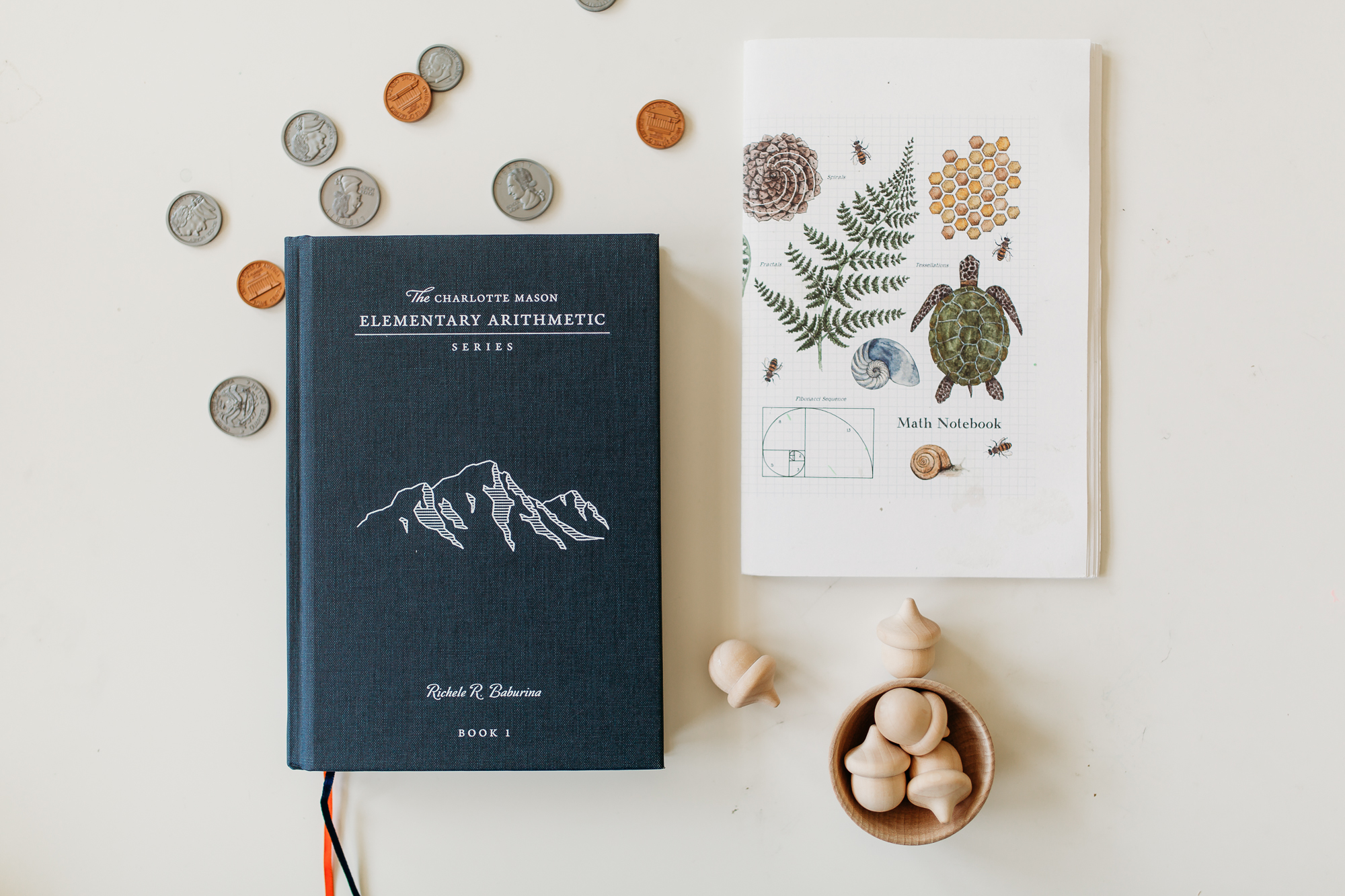
READING | Second Grade Homeschool Reading Curriculum
This is our 3rd year of using All About Reading, and we still LOVE it! Last spring, Mr. Seven (six at the time) finished Level 1 (read my full review here) and we jumped right into Level 2. He’s now about halfway finished with All About Reading Level 2 and doing soooo well. And even though this isn’t a “pure” Charlotte Mason curriculum, we’ve been able to blend it seamlessly with the rest of our feast and it feels very living to us. The lessons are short (20 minutes), hands-on with games and the letter tiles, and he really gets a kick out of most of the stories in the readers.

SPELLING | Second Grade Homeschool Spelling Curriculum
A few months ago, we added All About Spelling to our daily schedule in the writing time slot, and we’re really enjoying it! It’s a very hands-on curriculum that methodically reviews and builds skills, and Mr. Seven’s spelling has already started to improve when he writes on his own.
In addition to spelling, we still do copywork the CM way. I’ve moved it from our morning schedule to the afternoons, and now Mr. Seven does 10 minutes of copywork as part of his afternoon occupations. That’s working really well, as it allows us to focus on spelling in the mornings and then he can complete his copywork independently in the afternoons.

BIBLE | Charlotte Mason Homeschool Bible Curriculum
Okay, so this isn’t really a “curriculum,” but we follow A Delectable Education’s (and therefore CM’s) suggested Bible rotations. Last year, we read Genesis and Matthew. This year, we’re reading and studying the books of Exodus and Mark.
I did purchase a few resources to help me plan and prepare for our Bible lessons this year, and they’ve been a huge help!
The first is ADE’s Bible Lessons Breakdowns for both Exodus and Mark. These were SOOOOO helpful, because instead of planning out how many verses of to read each day to spread the books out over the year, the ladies at ADE broke it down for us in handy charts. That made planning so much easier! (Please note, I’m not affiliated with A Delectable Education, but I use a lot of their resources and honestly love their hearts for making a CM education accessible to families everywhere. So I am happy to recommend them all day long!)
The second are J. Paterson Smyth’s commentaries. I wasn’t sure how I would feel about these, but I’ve really enjoyed the way Smyth paints such vivid visuals of familiar stories in the Bible, and I feel like they’ve really enhanced how both Mr. Seven and I see these stories we’ve heard and read so many times.
POETRY | Second Grade Homeschool Poetry Books
Poetry is another one of our daily subjects, and it’s part of our Morning Basket. This year, we’re reading Walter de la Mare poems. I was able to get my hands on a gently used copy of Rhymes and Verses that we’re reading through the end of Term Two. For Term Three, we’ll read Songs of Childhood & Selections from Peacock Pie.
FOREIGN LANGUAGE | Second Grade Homeschool Spanish Curriculum
The ULAT. Toward the end of last school year, we began trialing The ULAT’s Spanish curriculum, and, well, we loved it! When Blaise and I lived in South Sudan, we used the barefoot, fully-immersive approach to learning Nuer. And that’s really similar to The ULAT’s approach. It’s not a typical curriculum in that there are no workbooks, nor instructions in English, but Steve Nesbitt’s videos are fantastic and I’m learning Spanish alongside Mr. Seven!
One Third Stories. We also added in One Third Stories as a fun, supplemental curriculum. Both boys love the stories and we all pick up a lot of Spanish as we listen. There are hands-on activities in the boxes, and there’s both a book and an audio book included. I prefer to play the audio book, and then we practice the words and phrases we’ve learned.
THEOLOGY | Theology & Church History Books for Our Second Grade Homeschool
This year, we’re continuing our study of theology using the book, The Ology. We didn’t read every single chapter last year, so this year we’re reading through it again and not skipping anything.
We’re also reading about heroes of the faith this year. On the recommendation of a friend, we started reading Hero Tales, which covers many different missionaries and pastors. The stories are short, but really highlight each person’s faithfulness to God in their journey.
LITERATURE | Second Grade Homeschool Literature Books
This year, we study literature two days per week: Pilgrim’s Progress one day and Greek tales the other day.
Charlotte Mason’s actual recommendation, and what she did in her PNEU schools, was read the full, unabridged, grown-up version of Pilgrim’s Progress. I know the reasons behind it, but I made a different decision for our homeschool. Because I feel like Pilgrim’s Progress is an important book for my kids to understand, we’ve opted to read Little Pilgrim’s Progress by Helen Taylor instead. The story is the same, but it’s somewhat simpler language than the original, making it easier for my kids to understand. And in 2021, this new, beautifully illustrated version was published, so that’s the one we’re reading (and loving)!
For our Greek tales, we are reading A Wonder Book for Girls and Boys by Nathaniel Hawthorne. When we finish that, we’ll move on to Tanglewood Tales, also by Hawthorne. The other popular option for Form 1A students is Tales of Troy and Greece by Andrew Lang. I bought all three books, and decided to stick with Hawthorne’s. But they’re all three excellent choices!
GEOGRAPHY | Second Grade Charlotte Mason Geography Curriculum & Books
We absolutely LOVE geography this year! Form 1A geography includes both map work and physical geography. We use several different books and resources for a comprehensive approach to geography.
One day each week, we read Guyot’s Geographical Reader and Primer (which you can also get for free HERE) and complete map questions using ADE’s Form 1A Geography Map Questions guide and The Children’s World Atlas by Collin Arrowsmith. Every few weeks, instead of Guyot’s, we complete a lesson from Elementary Geography by Charlotte Mason.

On our second geography day each week, we read a Holling C Holling book (right now it’s Paddle-to-the-Sea) and add details to our map using Beautiful Feet’s Geography through Literature Teacher Guide and Pack. After we finish Paddle, we’ll move on to the next Holling book, interspersed with some other map work and out-of-door geography lessons.
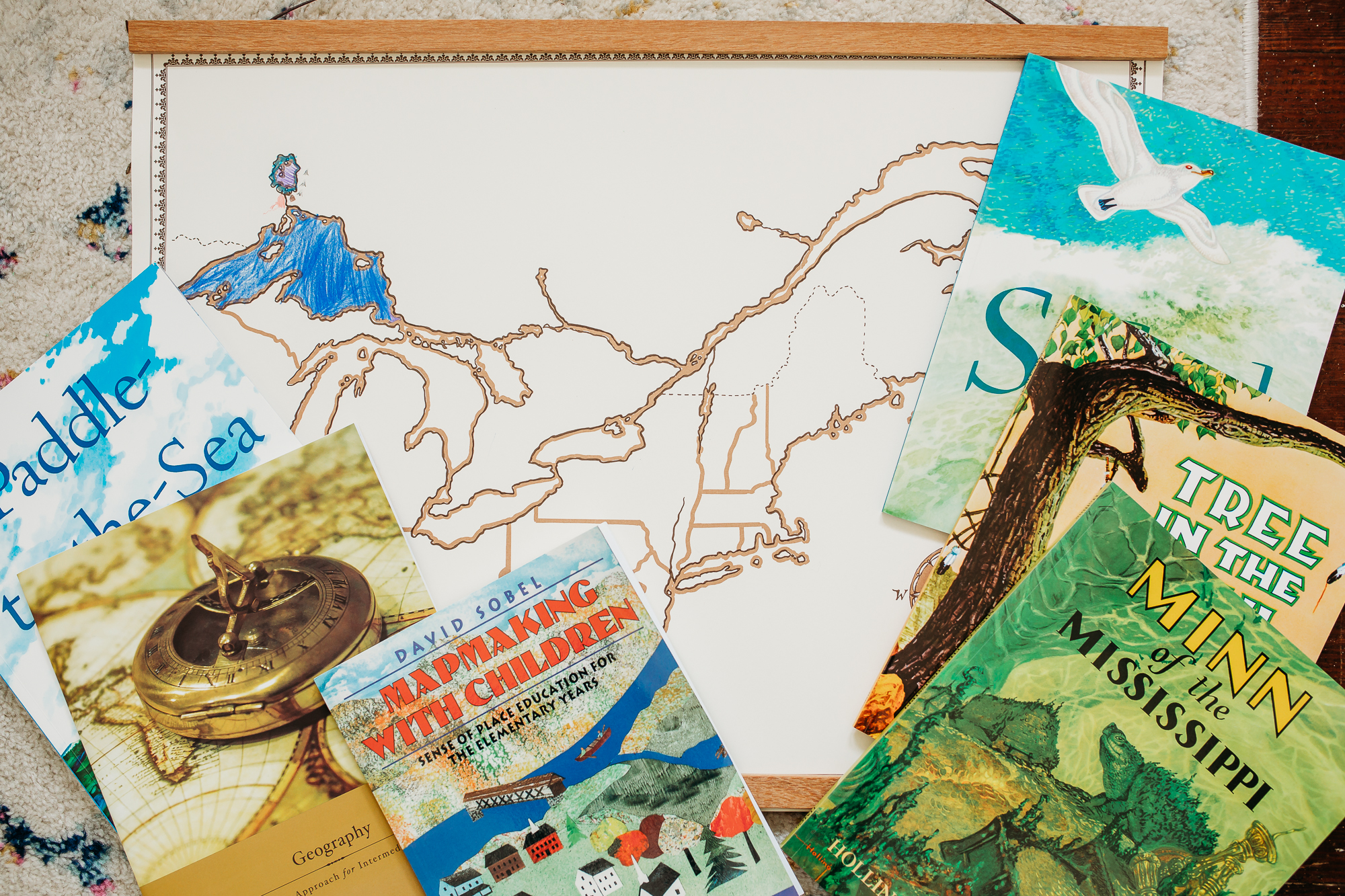
HISTORY | History Books for Our Charlotte Mason Homeschool
This year, according to ADE’s history rotation, we’re studying American history from 1600-1700. Our spine for the year is America Builds Homes by Alice Dalgliesh (access it free HERE), and we’re adding in the books and biographies below to fill out the year.
NATURE STUDY | Second Grade Charlotte Mason Natural History Books
Nature study is a huge part of a Charlotte Mason education, and we take it quite seriously. It’s also a lot of fun, as it includes fantastic books, bringing nature into our home to observe and study it, and getting outside a lot.
This year, we’re reading Christian Liberty Nature Reader Book 2 as our general natural history book. For our ecosystems/more specific studies, we’re reading The Burgess Bird Book for Children and Plant Life in Field and Garden. Because The Burgess Bird Book is pretty long, we’re going to stretch it out over two terms, and then read Plant Life this spring. And our special studies book this year is The Year Round, supplemented by Comstock’s Handbook of Nature Study. We also add in some picture books with our special studies, but the books below are the meat of our natural history studies.
BRUSH DRAWING | Second Grade Homeschool Brush Drawing Curriculum
This year, we’re continuing to use Bestowing the Brush for our brush drawing curriculum. I struggle to be consistent in our brush drawing lessons, so we’re working our way very slowly through this curriculum. However, we do enjoy it when we sit down and do it! And I’m excited, because we’ve taken so long to get through the beginner course that she’s come out with an intermediate course now!
SOLFEGE | Second Grade Homeschool Music/Singing Curriculum
This year we’ve officially begun solfege lessons! I did not grow up in a musical home, so this is all very new to me, but we’re really enjoying learning solfa. This year we’re using the videos provided at Sing Solfa. The videos are free, and they provide a great introduction to the concept of solfege.
Once we finish all of the videos provided on Sing Solfa, we’ll begin a membership with Miss Mason’s Music, which includes both videos and written lessons. I don’t think it will happen this year, but it may. Mr. Seven is picking up on solfa lessons very well!
RICHES | Charlotte Mason Artist and Composer Studies, Handicraft, Recitation, Drill, & Dancing
This year, to save time and headache, I decided to purchase and use Simply Charlotte Mason’s Picture Study Portfolios. Our artists this year are Leonardo da Vinci, Rembrandt, and Velázquez. And we added in the picture books below to get to know our artists better.

We don’t have a formal curriculum for our composer studies. I usually just check out a few picture books on the composer from the library (still looking for a good Haydn book, so I’d love to hear if you have any great suggestions!), and we listen to that composer’s works as often as we can. I play the music while we’re driving, during meals, and during the specificities composer study time slot on our schedule. This year we’re studying Mozart, Handel, and Haydn.
Handicraft: We’ve been using Easy Origami 2, and when we finish that, we’ll move on to Swannell’s Paper Modelling. In addition to paper folding, we’ve also learned needle felting and we’re learning cooking skills here and there.
Recitation: Each term, we learn a hymn, a Psalm (or other Scripture), and a poem. There’s no curriculum for this. I just choose new ones each term, print and laminate them, and put them on a ring so that Mr. Seven can flip through to recite whichever one we’re working on at the moment.
Swedish Drill: We just started this last spring, and it’s a lot of fun. Even Little Miss (who’s 2) enjoys trying out some drill exercise! We use The Syllabus of Physical Exercises for Public Elementary Schools, which you can access for free HERE.
Dancing: Each term, we are supposed to learn a folk dance from a different part of the world. This year, we’ve learned the Schuhplattler dance from Austria. I’m still working on choosing some other dances and trying to be more consistent with making sure this actually gets done each week. 🤦♀️
OUR SECOND GRADE CHARLOTTE MASON CURRICULUM & BOOK CHOICES
And that’s it, friends! It seems like so much when I type it all out. And really, it is a very full feast. But the beauty of the daily schedule is that it takes out the overwhelm, it makes planning really easy, and it provides so many different subjects to study that there’s no way to get bored with school!
Honestly, I think this is our best year yet! With each term, I get a little more confident in my ability to implement a CM education. It’s still not perfect – far from it, in fact – but I tackle one subject each term to really dig into and wrap my head around how Charlotte Mason taught it.
By the time Little Miss graduates, I *might* know what I’m doing!
As always, I hope this was helpful as you plan your own Charlotte Mason feast. Please reach out via email or social media if you have any questions!
